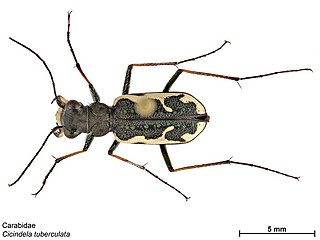
Neocicindela is a genus of tiger beetles endemic to New Zealand. Species include N. tuberculata, N. garnerae and several others. Several former species of Neocicindela have been transferred to a new genus Zecicindela.
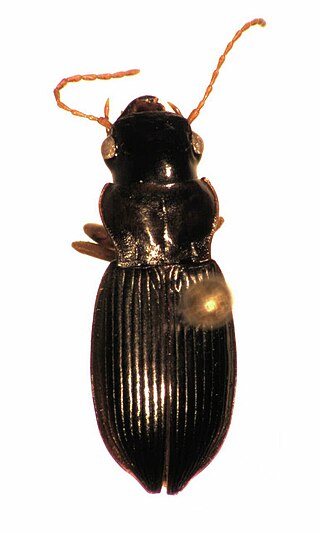
Allocinopus is a genus of beetles in the family Carabidae, containing the following species:

Hakaharpalus is a genus of beetles in the family Carabidae, containing the following species:

Kiwiharpalus townsendi is a species of beetle in the family Carabidae, the only species in the genus Kiwiharpalus. The species is endemic to New Zealand, being found nowhere else. It was discovered and first recorded in 2005.

Parabaris is a genus of beetles in the family Carabidae, containing the following species:
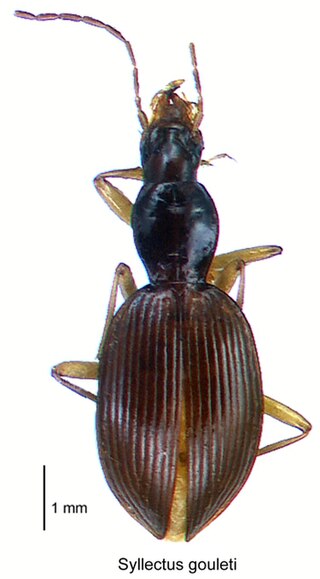
Syllectus is a genus of beetles in the family Carabidae, endemic to New Zealand.
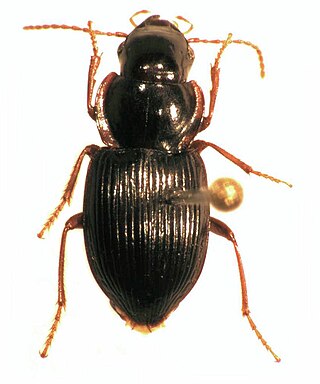
Tuiharpalus is a genus of beetle in the family Carabidae, endemic to New Zealand, where it occurs only in Northland and on the Three Kings Islands.
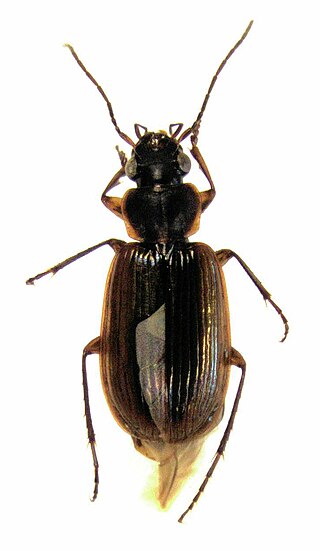
Physolaesthus is a genus of beetles in the family Carabidae, containing the following species:
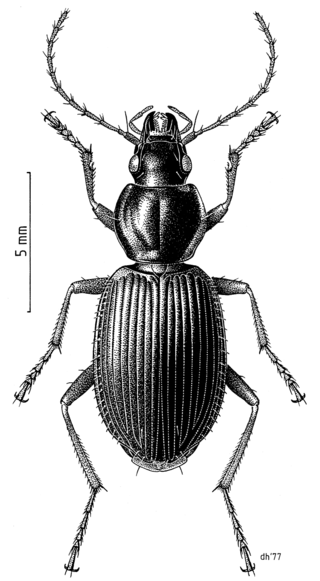
Ctenognathus is a genus of beetles in the family Carabidae. This genus is endemic to New Zealand. It was first described by Léon Fairmaire in 1843.
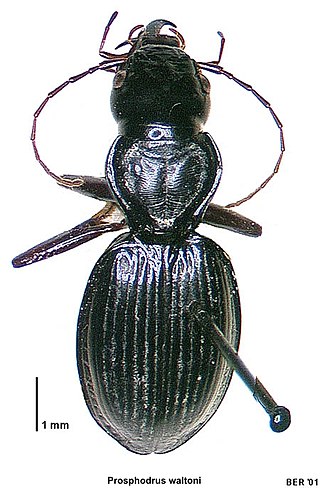
Prosphodrus is a genus of ground beetles in the family Carabidae. There are about five described species in Prosphodrus, found in New Zealand.

Molopsida is a genus of beetles in the family Carabidae, endemic to New Zealand. This genus was first described by Adam White (zoologist) in 1846. Molopsida includes the following six species:

Plocamostethus is a genus of beetles in the family Carabidae. It is endemic to New Zealand. The genus contains the following species:

Oopterus is a genus in the beetle family Carabidae. There are more than 20 described species in Oopterus, found in New Zealand.

Zolus is a genus of beetles in the family Carabidae. The genus is endemic to New Zealand.
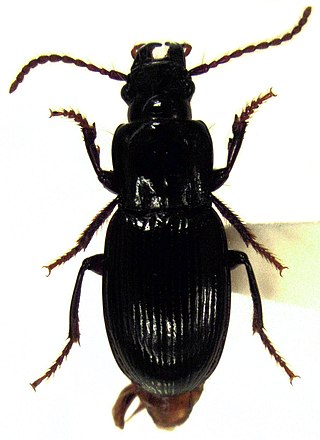
Selenochilus omalleyi is a species of beetle in the family Carabidae, endemic to New Zealand.

Selenochilus oculator is a species of beetle in the family Carabidae, endemic to New Zealand, known only from the holotype, reportedly collected at Hunua Range, Auckland.
Merlin Owen Pasco was a New Zealand entomologist. Pasco discovered several species of moth previously unknown to science and collected numerous specimens.

Zolini is a tribe of ground beetles in the family Carabidae. There are 11 genera and more than 60 described species in Zolini. All but one of the genera are found in Australia and New Zealand. The genus Merizodus occurs in South America.

Anisodactylini is a tribe of ground beetles in the family Carabidae. There are more than 30 genera and 380 described species in Anisodactylini.


















